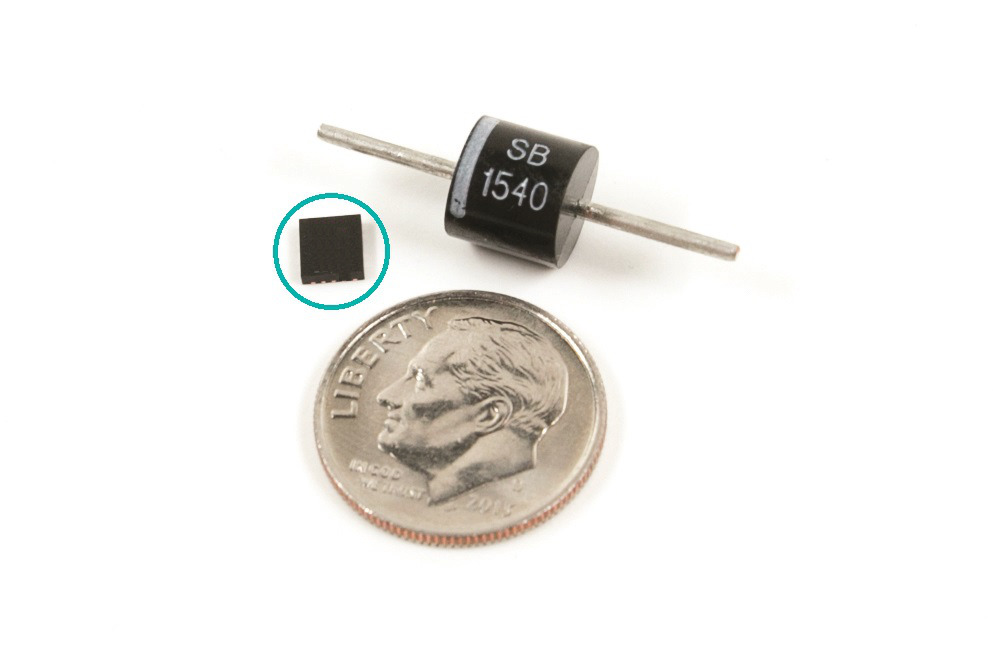
Maxim Integrated Products has introduced a new cell-string optimizer technology that allows PV panels to harvest significantly more energy and simplifies design complexity for solar installation projects, notably shade mitigation and eliminating hot-spots while minimizing the impact of overall power degradation mechanisms.
Problem
Unlock unlimited access for 12 whole months of distinctive global analysis
Photovoltaics International is now included.
- Regular insight and analysis of the industry’s biggest developments
- In-depth interviews with the industry’s leading figures
- Unlimited digital access to the PV Tech Power journal catalogue
- Unlimited digital access to the Photovoltaics International journal catalogue
- Access to more than 1,000 technical papers
- Discounts on Solar Media’s portfolio of events, in-person and virtual
Or continue reading this article for free
Unlike conventional bypass diodes, solar cell optimizers do not bypass weak cell strings. Using bypass diodes in solar a solar panel that experiences shading/soiling at any point within a string limits the maximum current rating to the lowest performing cell in the string.
Solution
Maxim's cell-string optimizers are highly integrated DC-DC converters that replace the bypass diode and perform maximum power point tracking (MPPT) of the PV panel (from 6 to 24 cells). By replacing each diode (three) with a MPPT device, the on-off response to performance mismatch is eliminated; every cell-string contributes maximum power without interfering with the power production capability of others. This enhanced degree of flexibility leads to increased energy production; eliminating collateral performance loss due to module mismatch, degradation, soiling, localized shading, and row shading loss mechanisms. A PV system designer can reconfigure a system design to allow for more inter-row shading that is claimed to deliver 10 to 20% more energy density than a conventional system design. Effectively, the system can maintain the same kWh/kWp as a conventional system, but with higher ground coverage ratios. System designers can also accommodate differing string lengths, multiple orientations, and different module power levels.
Applications
PV module integrated replacement for bypass diodes.
Platform
Maxim solar cell optimizer works by boosting the current of the weak cells to match those of the stronger, eliminating the corresponding performance penalty of the conventional system. The solar cell optimizer’s MPPT function works alongside the string inverter MPPT, to ensure that the system output is optimal under any environmental conditions. The module includes three Maxim solar cell optimizers, which replace the three diodes found in a conventional module junction box.
Availability
September, 2016 onwards.







